 W
WJuan de Dios Alfonso Armenteros, was a black Cuban band leader, composer and clarinetist. He founded the small orchestra Flor de Cuba, which played at dances and in theatres in the middle 19th century in Havana.
 W
WPacho Alonso was a Cuban singer and bandleader from Santiago de Cuba who is attributed with creating the musical form pilón in collaboration with percussionist/composer Enrique Bonne. He founded his first conjunto in Havana in 1957. In the 1950s, Alonso sang with Benny Moré and Fernando Álvarez, a trio popularly known as "The Three Musketeers". Later he sang with Ibrahim Ferrer. Pacho Alonso also enjoyed tremendous success in his international tours through Latin America, Europe and Africa.
 W
WAntonio Arcaño Betancourt was a Cuban flautist, bandleader and founder of Arcaño y sus Maravillas, one of Cuba's most successful charangas. He retired from playing in 1945, but continued as director of the group until its dissolution in 1958. Despite his early retirement due to health problems, he is considered one of the most influential flautists in Cuba.
 W
WAlfredo Boloña Jiménez was a Cuban guitarist who played a role in the early development of the son as director of the Sexteto Boloña.
 W
WIsrael López Valdés, better known as Cachao, was a Cuban double bassist and composer. Cachao is widely known as the co-creator of the mambo and a master of the descarga. Throughout his career he also performed and recorded in a variety of music styles ranging from classical music to salsa. An exile in the United States since the 1960s, he only achieved international fame following a career revival in the 1990s.
 W
WPupi Campo was a Cuban entertainer, dancer and bandleader who spent most of his life in the United States. As a bandleader in the 1940s and 50s, he made recordings for labels such as Seeco and Tico. His band featured percussionist and musical director Tito Puente and pianist Joe Loco.
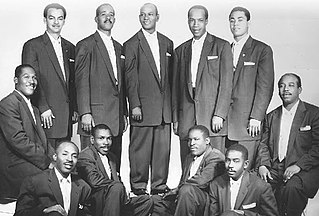 W
WFélix Chappottín was a Cuban trumpeter and bandleader. He was a member of three highly successful Cuban bands: Septeto Habanero, Arsenio Rodríguez's conjunto and Conjunto Chappottín, which he directed.
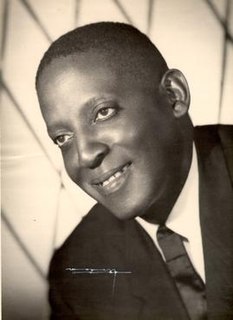 W
WBarbarito Díez was a Cuban singer who specialized in danzón. He began his career as the singer for Graciano Gómez and Isaac Oviedo's son group, before joining Antonio María Romeu's orchestra. As the lead vocalist for Romeu's ensemble for 20 years, he established himself as one of the main exponents of the sung danzón. He continued singing with his own charanga, as well as other groups, for another 30 years. He also toured and recorded in Venezuela and Puerto Rico before retiring in the early 1990s, when complications from diabetes prevented him from performing and eventually resulted in his death in 1995. A naturally-gifted tenor, he was known for his sense of rhythm, correct diction and romantic style.
 W
WMiguel Faílde Pérez was a Cuban musician and bandleader. He was the official originator of the danzón, and the founder of the Orquesta Faílde.
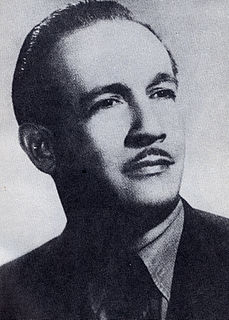 W
WEliseo Grenet Sánchez was a Cuban pianist and a leading composer/arranger of the day. He composed music for stage shows and films, and some famous Cuban dance music. Eliseo was one of three musical brothers, all composers, the others being Emilio and Ernesto (1908–1981). Emilio went on composing even after having a leg bitten off by a shark in 1930; Ernesto was a drummer who became leader of the Tropicana's orchestra.
 W
WEnrique Jorrín was a Cuban charanga violinist, composer and music director. He is considered the inventor of the cha-cha-chá, a popular style of ballroom music derived from danzón.
 W
WReyes Latamblet Veranes, better known as Chito Latamblé, was a Cuban tres player who specialized in the changüí genre of eastern Cuba. He is considered one of the most influential treseros, as well as a key exponent and promoter of the changüí in Cuba. From 1945, Latamblé co-directed with his brother the Grupo Changüí de Guantánamo, which featured the most "historically important" exponents of the genre.
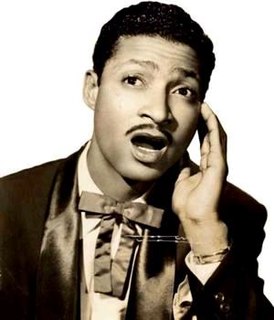 W
WBartolomé Maximiliano Moré, better known as Benny Moré, was a Cuban singer, bandleader and songwriter. Due to his fluid tenor voice and his great expressivity, he was known variously as El Bárbaro del Ritmo and El Sonero Mayor. Moré was a master of the soneo, the art of vocal improvisation in Cuban son, and many of his tunes developed this way. He often took part in controversias with other singers like Cheo Marquetti and Joseíto Fernández. Apart from son cubano, Moré was a popular singer of guarachas, cha cha cha, mambo, son montuno, and boleros.
 W
WIsaac Oviedo was a Cuban tres player, singer and songwriter. He was the founder and leader of the Septeto Matancero for over 50 years, and the author of many famous sones such as "Engancha carretero". Throughout his long career Oviedo only recorded a handful of sessions, mostly for American record labels. He has been called "one of the greatest Cuban tres players" by other musicians such as Efraín Ríos and Pancho Amat. According to the latter, Oviedo was the pioneering and most influential tresero of the septeto format. His technical innovations include the alzapúa thumb stroke and the use of the pinky finger.
 W
WEnrique Peña Sánchez was a leading Cuban cornet player, orchestra leader and composer.
 W
WDámaso Pérez Prado was a Cuban bandleader, pianist, composer and arranger who popularized the mambo in the 1950s. His big band adaptation of the danzón-mambo proved to be a worldwide success with hits such as "Mambo No. 5", earning him the nickname "King of the Mambo". In 1955, Prado and his orchestra topped the charts in the US and UK with a mambo cover of Louiguy's "Cherry Pink ". He frequently made brief appearances in films, primarily of the rumberas genre, and his music was featured in films such as La Dolce Vita.
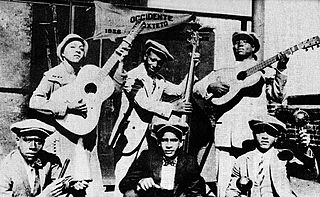 W
WIgnacio Piñeiro Martínez was a Cuban musician, bandleader and composer whose career started in rumba and flowered in the rise of the son. He was one of the most important composers of son music; in total he wrote about 327 numbers, mostly sones.
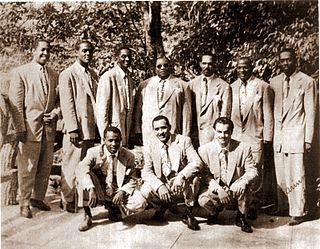 W
WArsenio Rodríguez was a Cuban musician, composer and bandleader. He played the tres, as well as the tumbadora, and he specialized in son, rumba and other Afro-Cuban music styles. In the 1940s and 1950s Rodríguez established the conjunto format and contributed to the development the son montuno, the basic template of modern-day salsa. He claimed to be the true creator of the mambo and was an important as well as a prolific composer who wrote nearly two hundred songs.
 W
WDionisio Ramón Emilio Valdés Amaro, better known as Bebo Valdés, was a Cuban pianist, bandleader, composer and arranger. He was a central figure in the golden age of Cuban music, especially due to his big band arrangements and compositions of mambo, chachachá and batanga, a genre he created in 1952. He was the director of the Radio Mil Diez house band and the Tropicana Club orchestra, before forming his own big band, Orquesta Sabor de Cuba, in 1957. However, after the end of the Cuban Revolution, in 1960, Bebo left his family behind and went into exile in Mexico before settling in Sweden, where he remarried. His musical hiatus lasted until 1994, when a collaboration with Paquito D'Rivera brought him back into the music business. By the time of his death in 2013, he had recorded several new albums, earning multiple Grammy Awards. His son Chucho Valdés is also a successful pianist and bandleader.
 W
WRaimundo Valenzuela de Leon was a leading Cuban trombonist, composer and bandleader.